For centuries the beautiful blue bloom of the flax flower was a common sight in the fields and gardens of our local area and across the UK. This is because the linen cloth, strong twine and rope made from the flax plants were everyday utilities before cotton began to dominate the post industrialised world. The now-demolished flax spinning mill at Lower Largo (later converted to an oil and cake mill) was one of many in Fife. The map below shows it location, close to the where the Keil Burn drains into Largo Harbour.
Below is a detailed description by John Band of flax cultivation and processing, and the history of this particular site. To open this document as a PDF please click here. Note that 'retting' (the soaking of the flax in water) was a key part of the process. An example of a 'retting pond' (a small natural or artificial body of water used for the prolonged soaking of flax straw, in order to soften the woody tissue and enable the fibres to be separated) can still be seen at Silverburn Park.
Next, the drawing below shows scale plans of the 'heckle house' building, showing the probable use of the space within it at the time of the flax spinning operation and describing the initial steps in the process. To open this drawing as a PDF, click here.
Finally, for this post (a part two is to follow), the drawing below features a ground floor plan for the main mill building and outlines the next stages in the process. A PDF of this can be opened by clicking here. In the next post, the actual 'spinning' part of the process will be detailed, along with the subsequent winding and drying, as well as much more information about the buildings at that time and the industry in general.
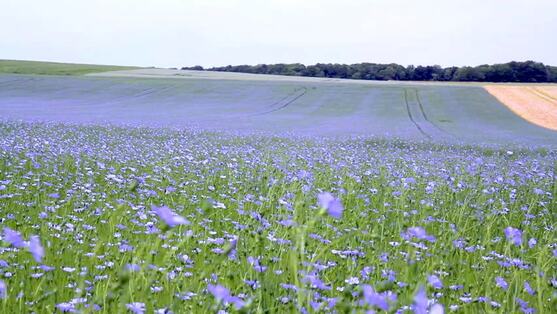
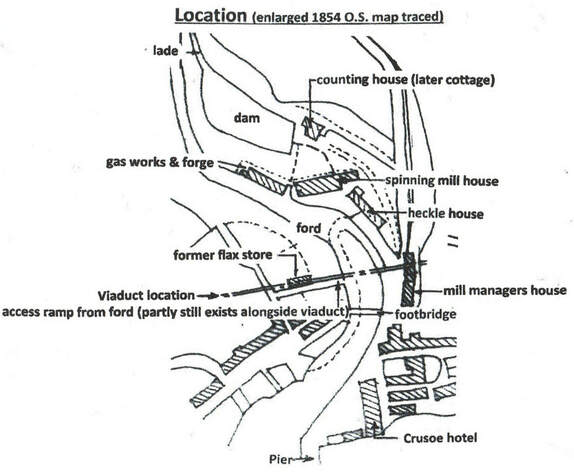
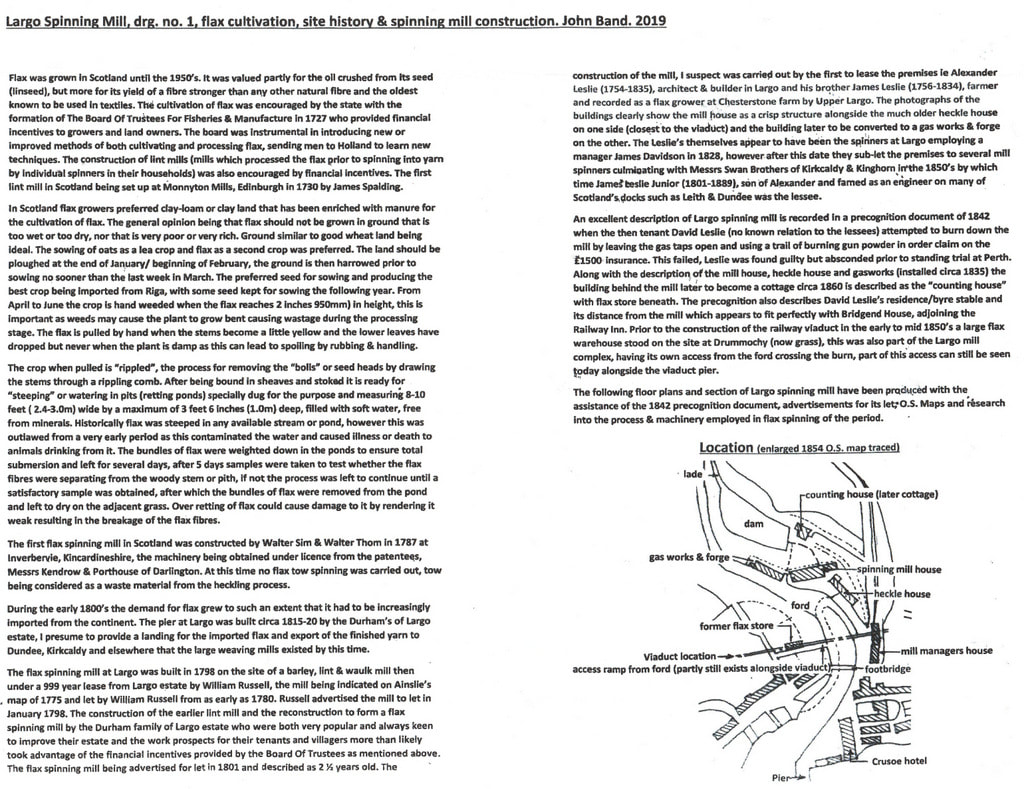
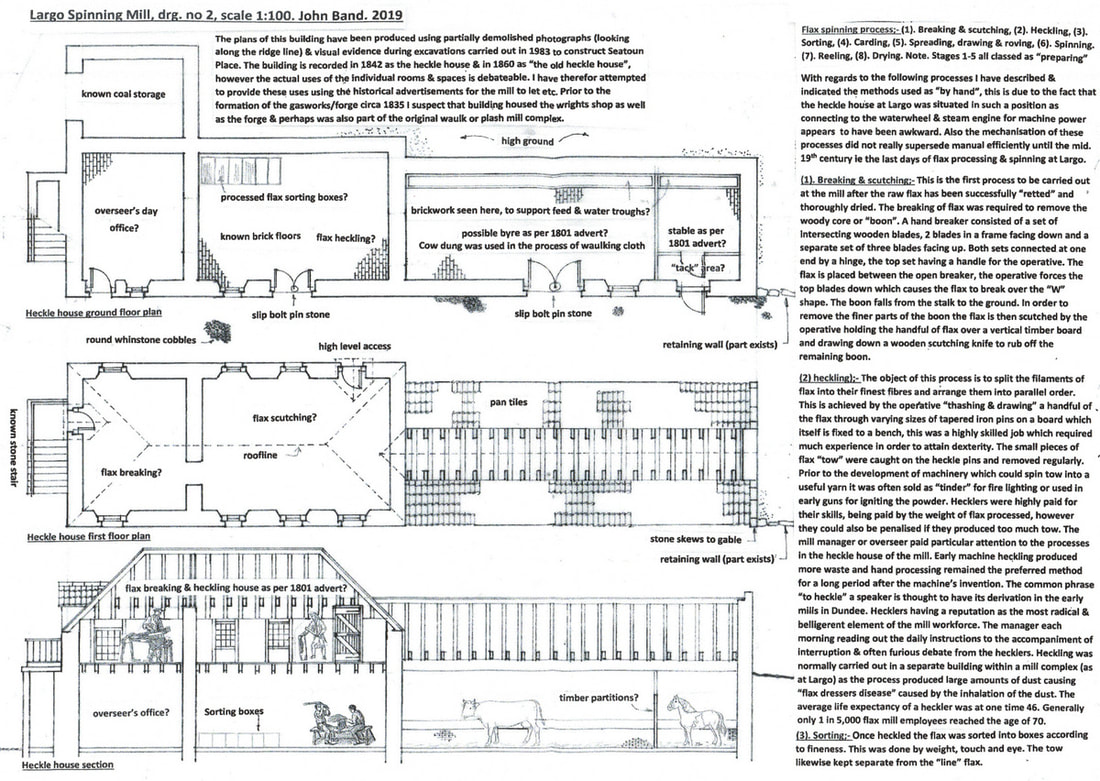
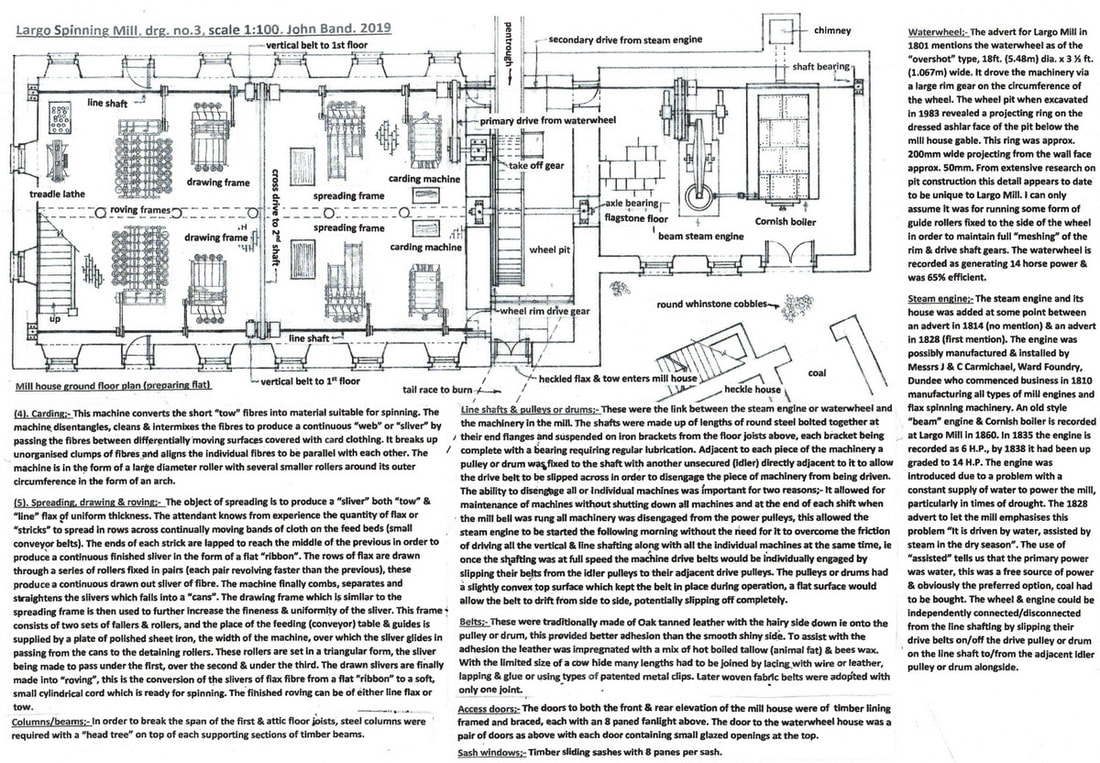
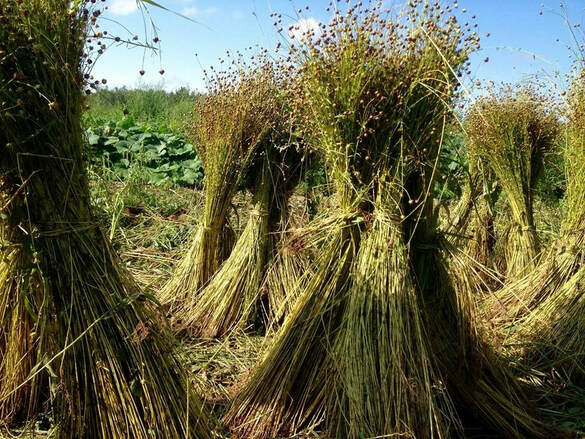
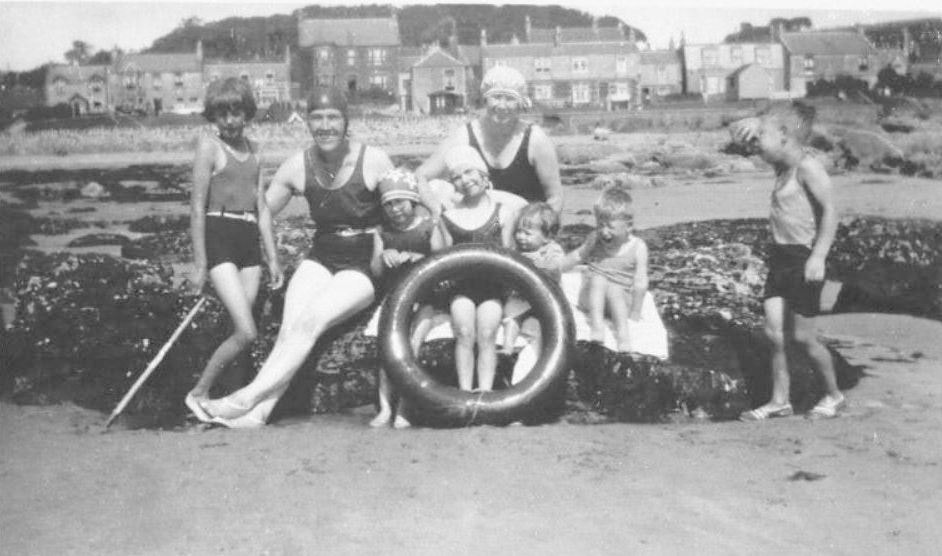
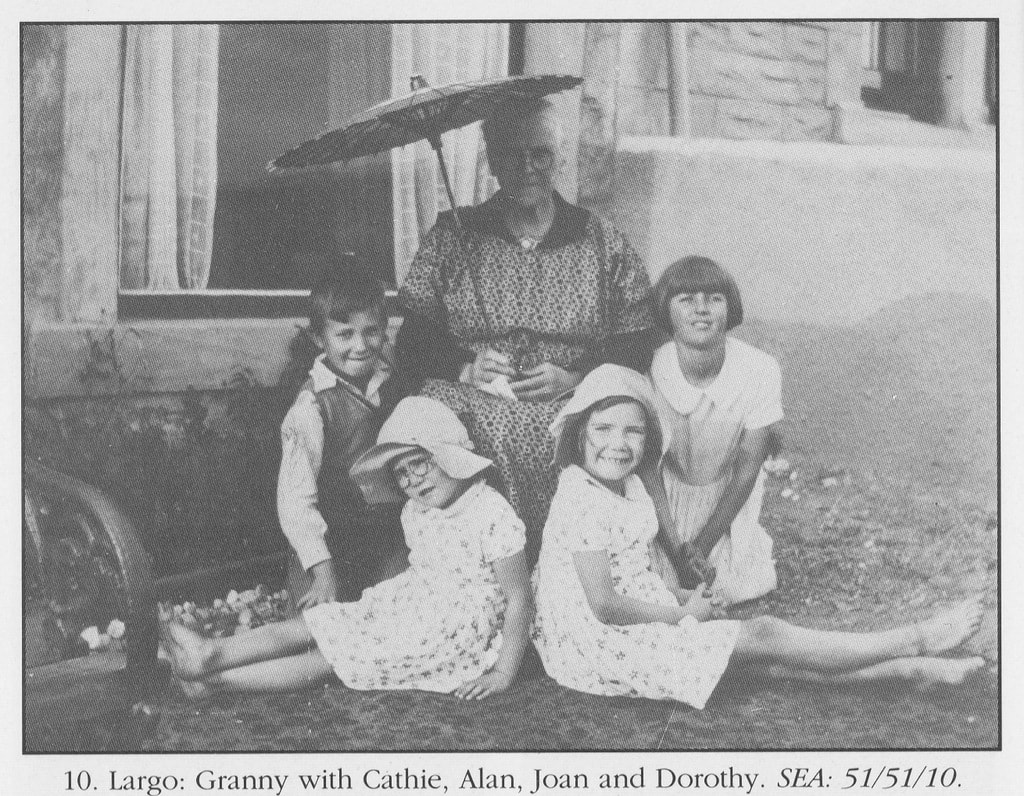
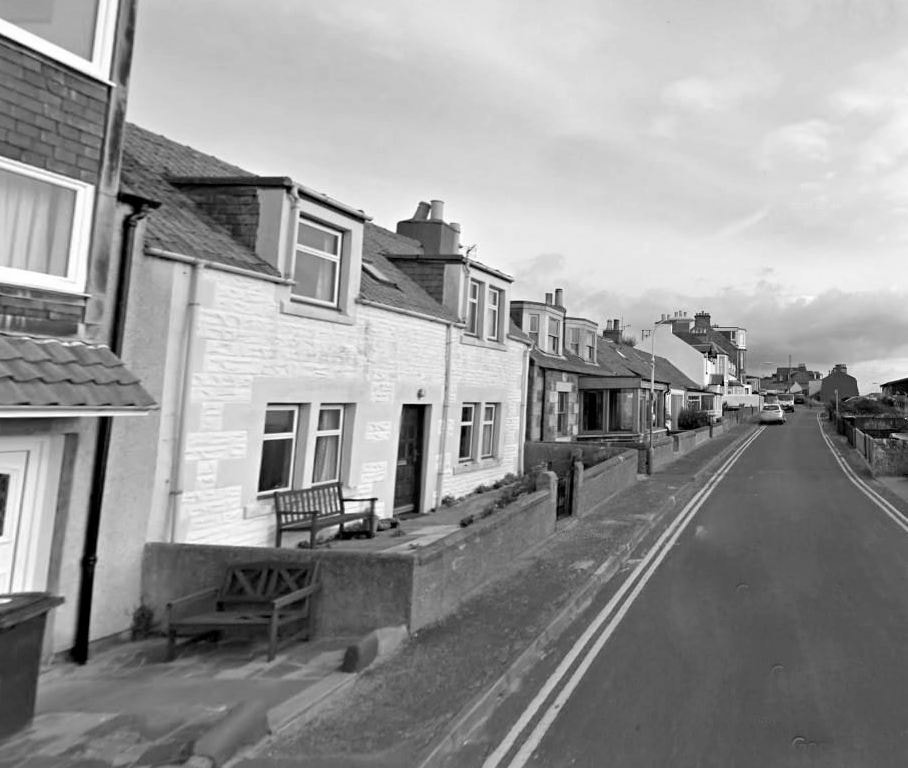


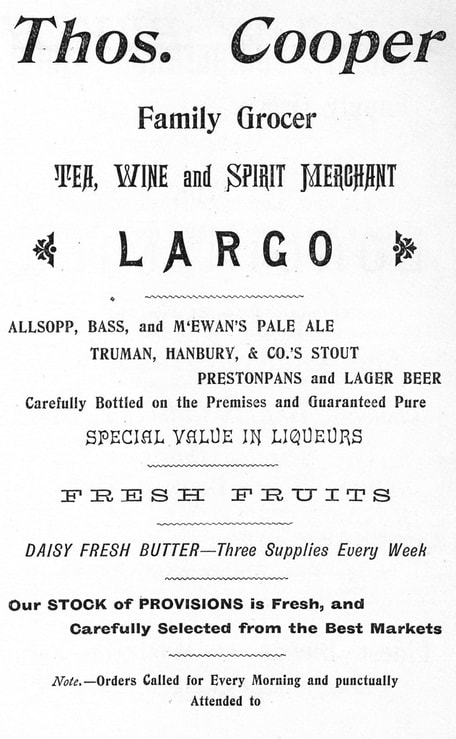
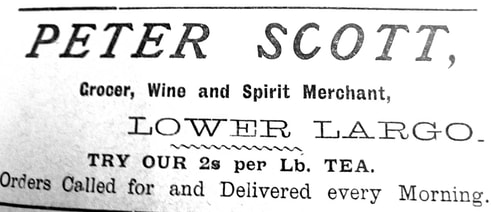

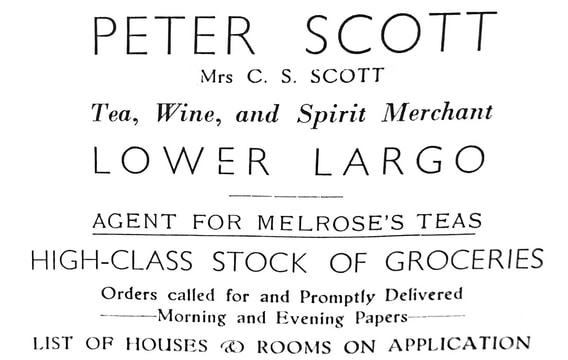
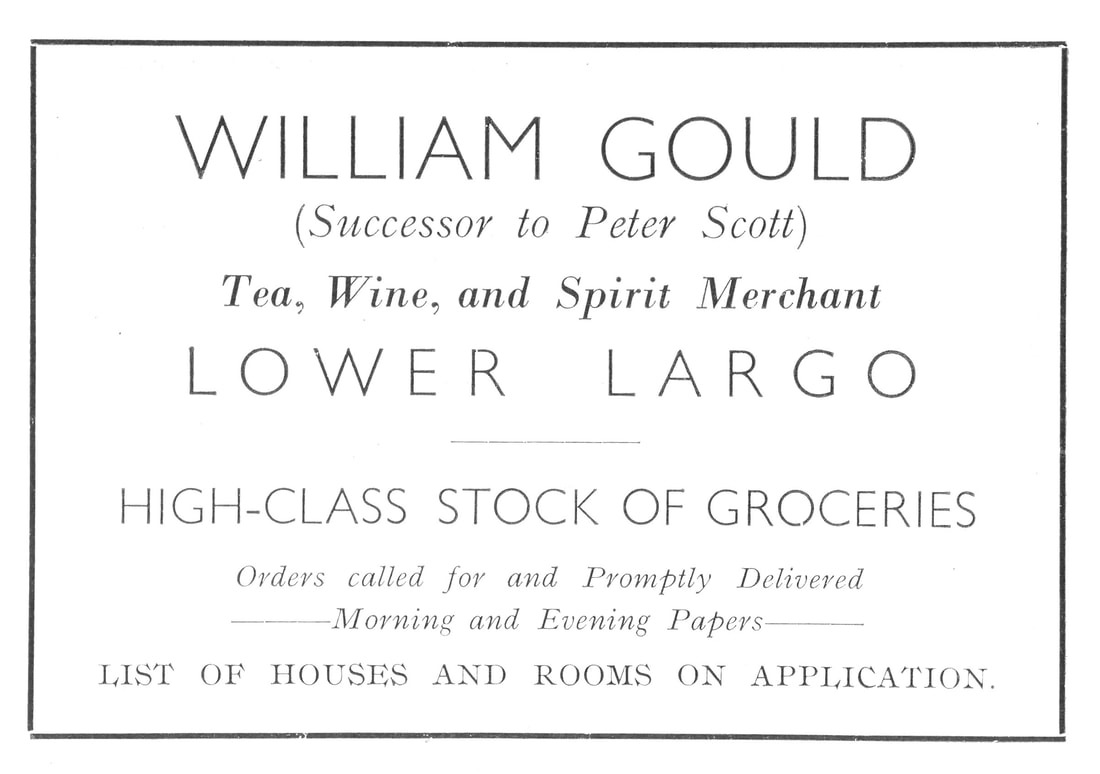
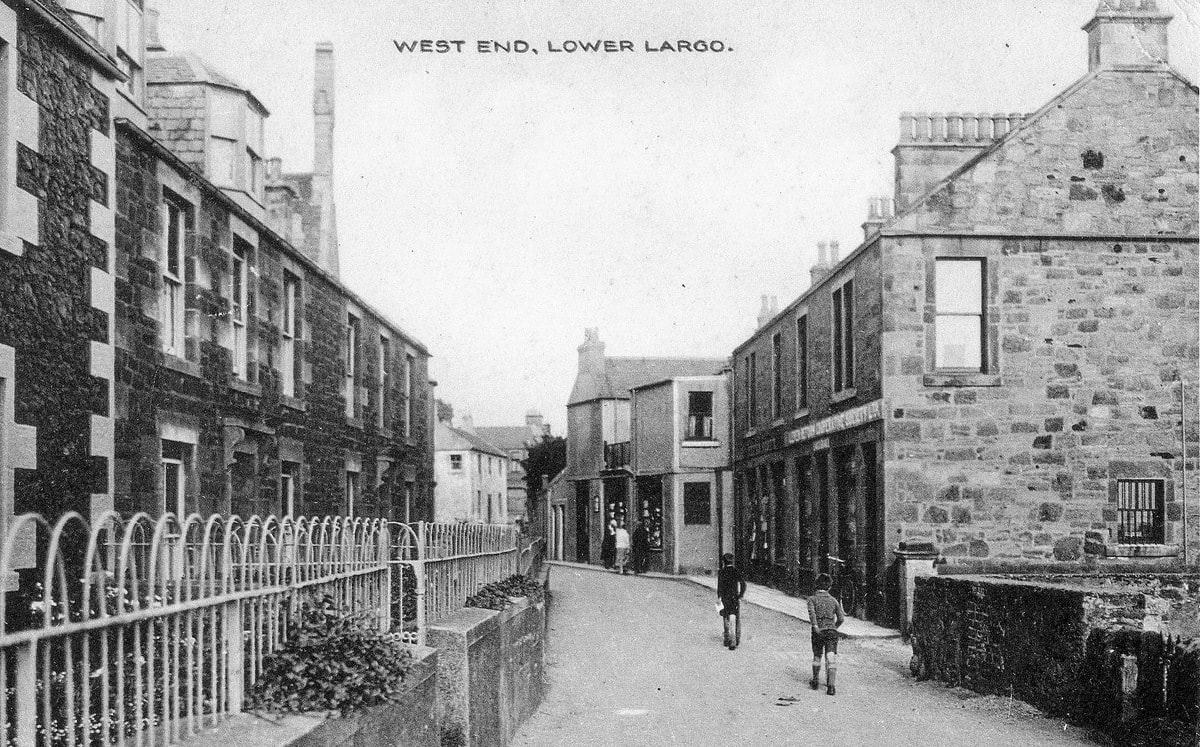
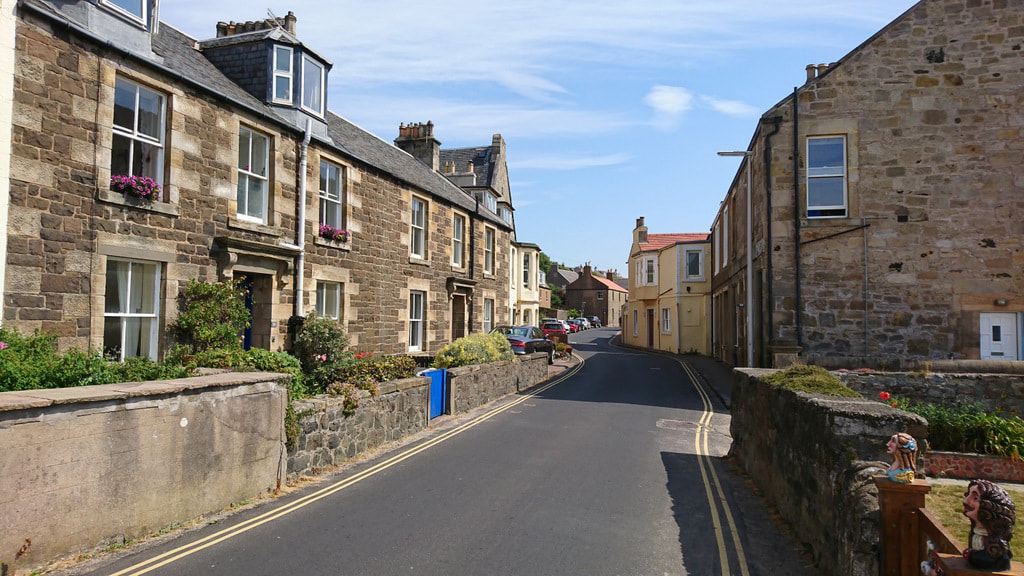

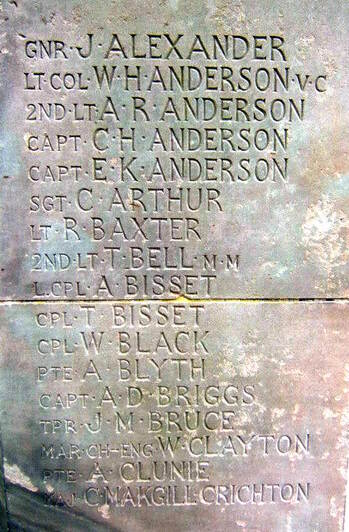
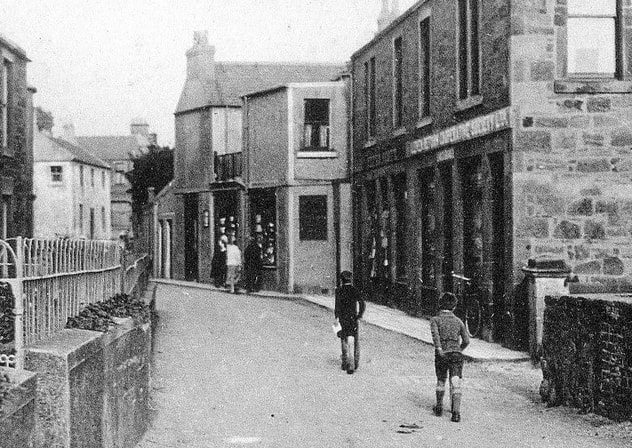
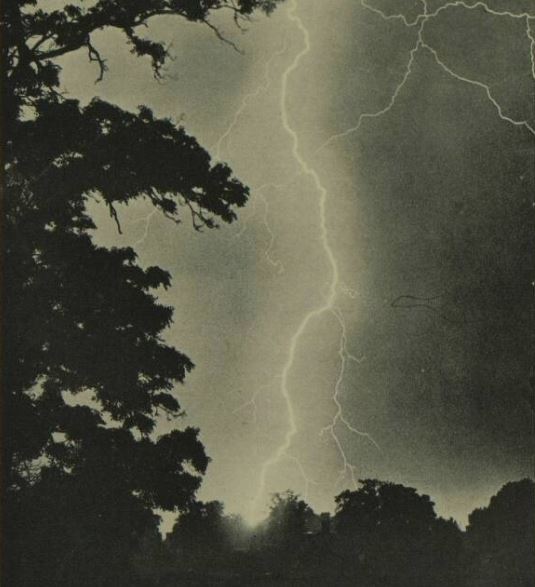
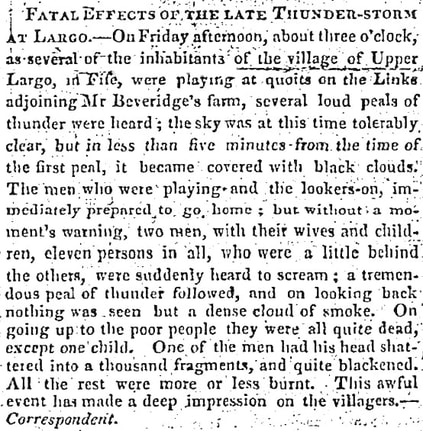
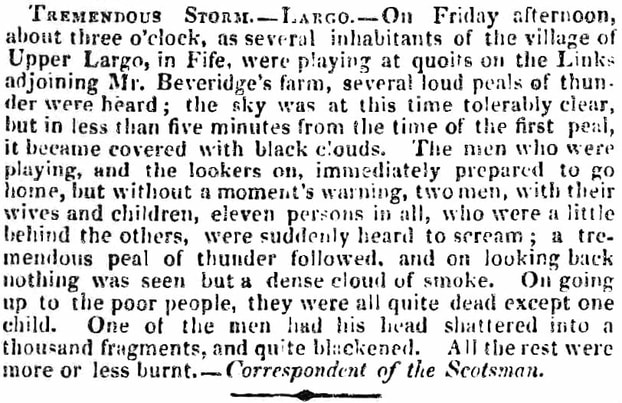
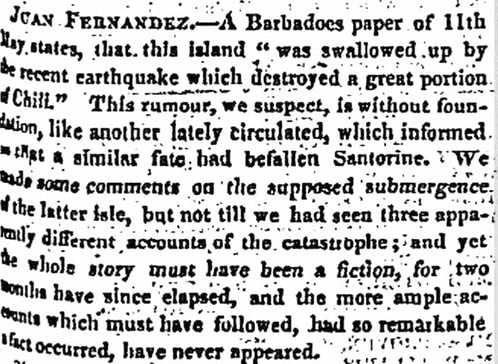
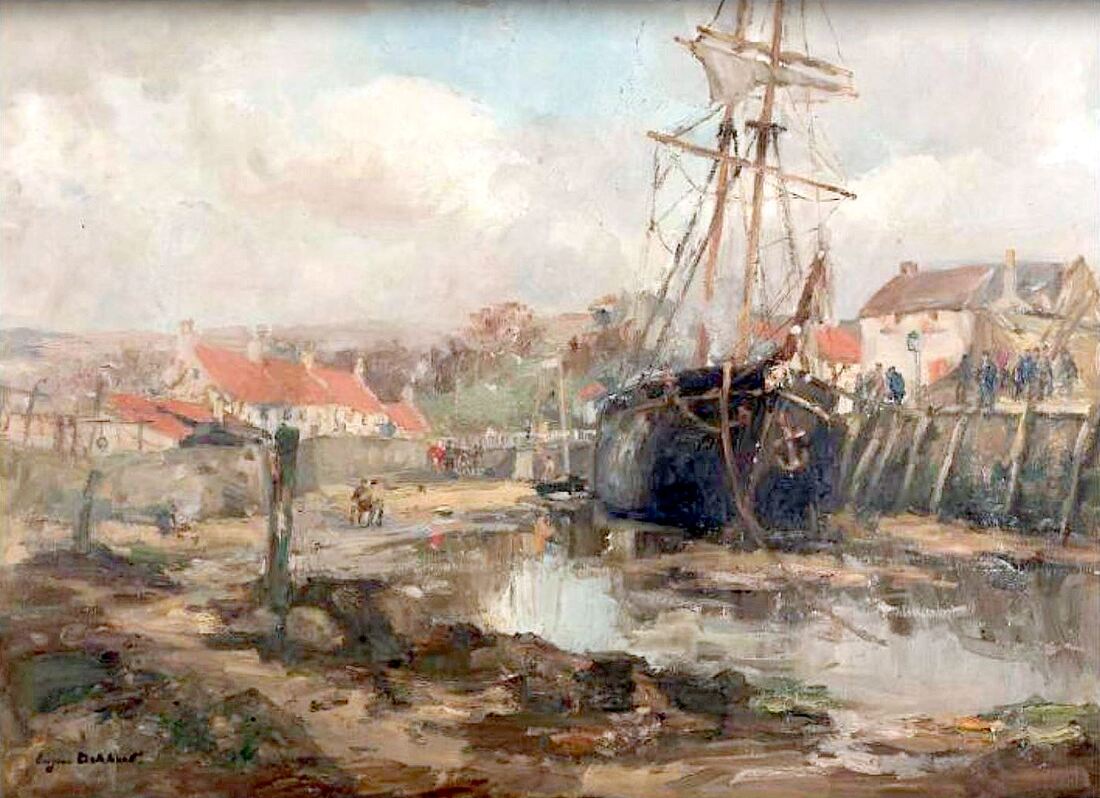
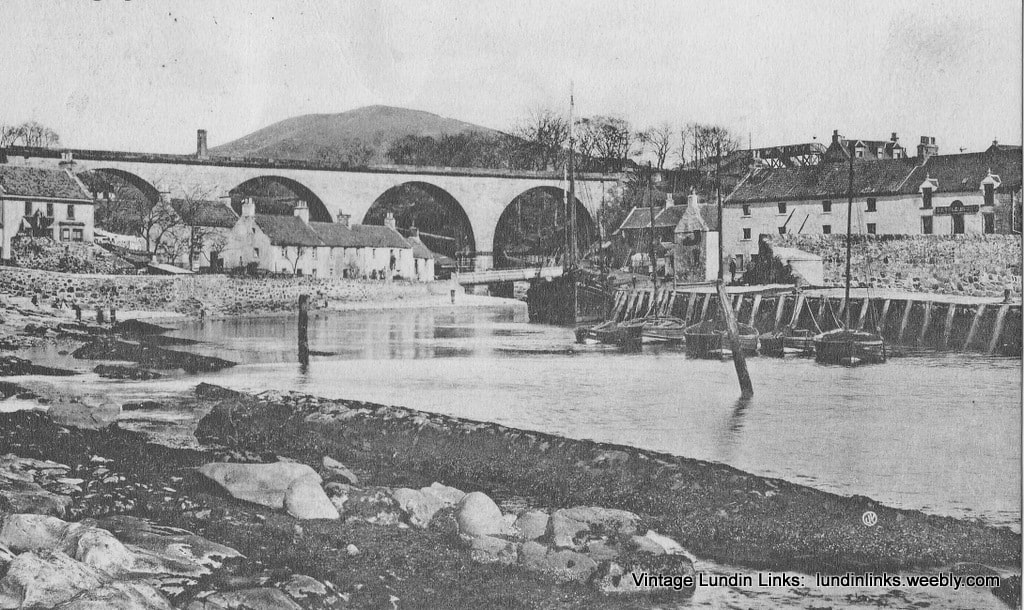
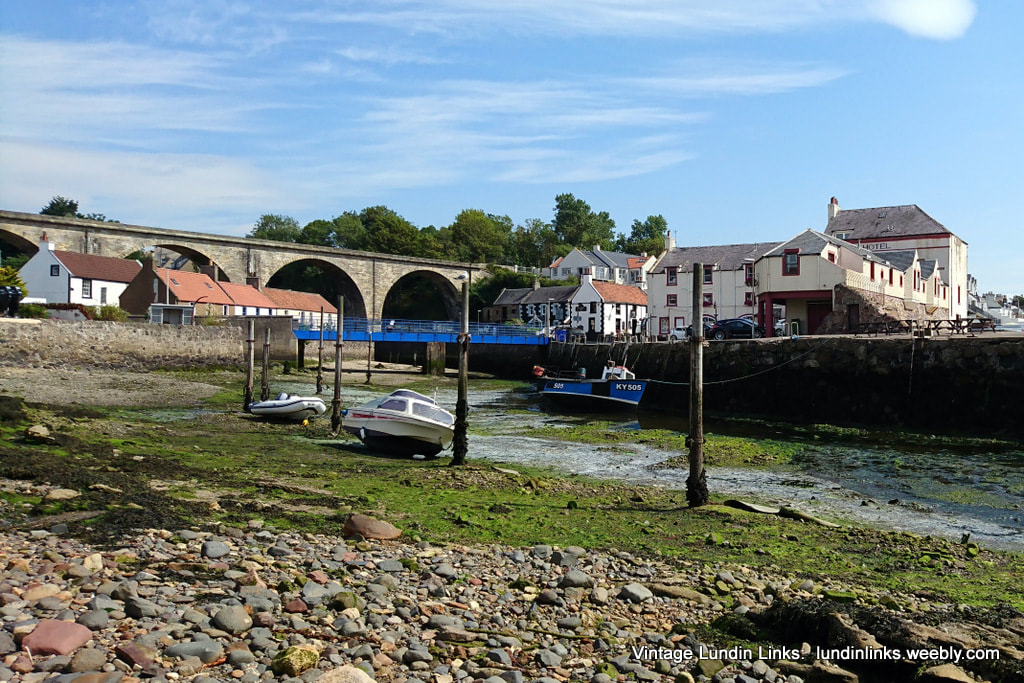
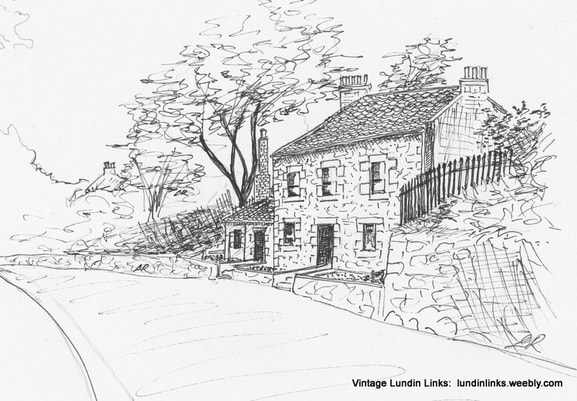
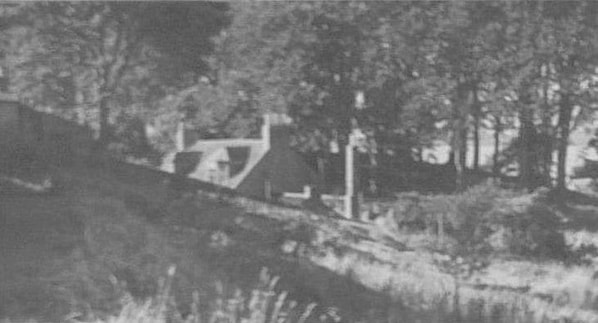
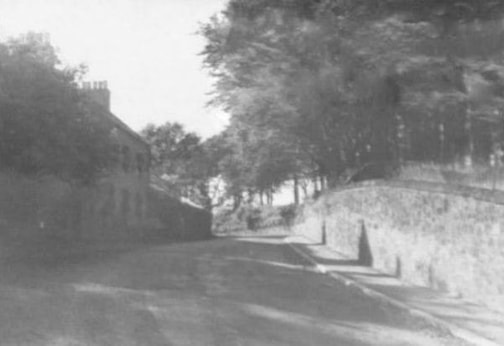
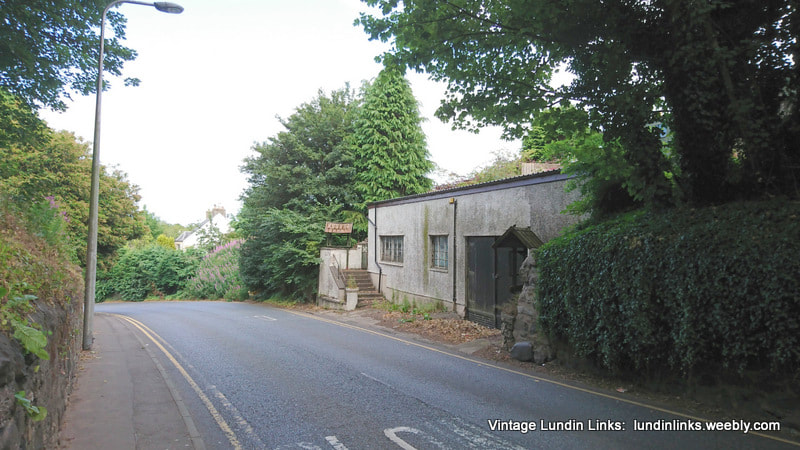
 RSS Feed
RSS Feed
